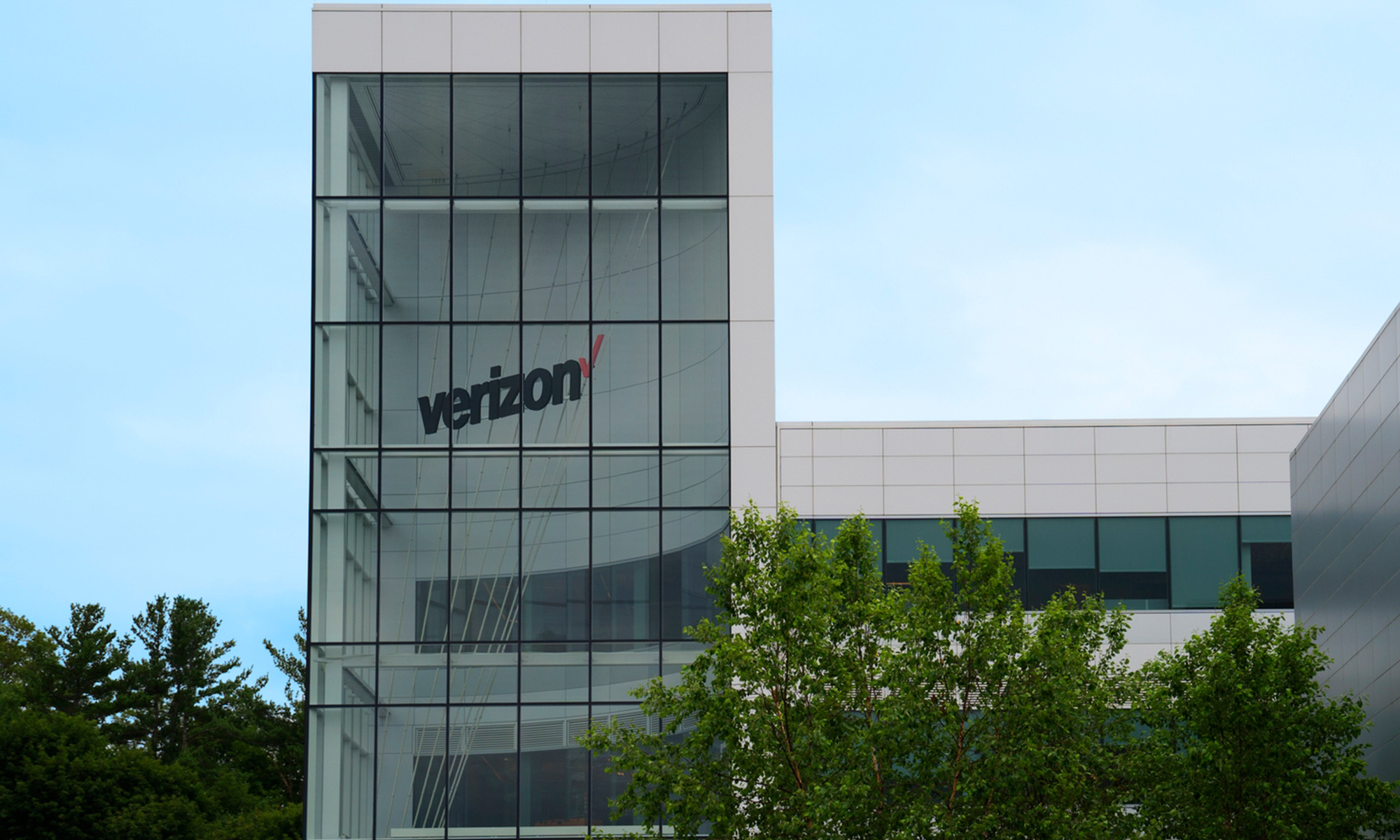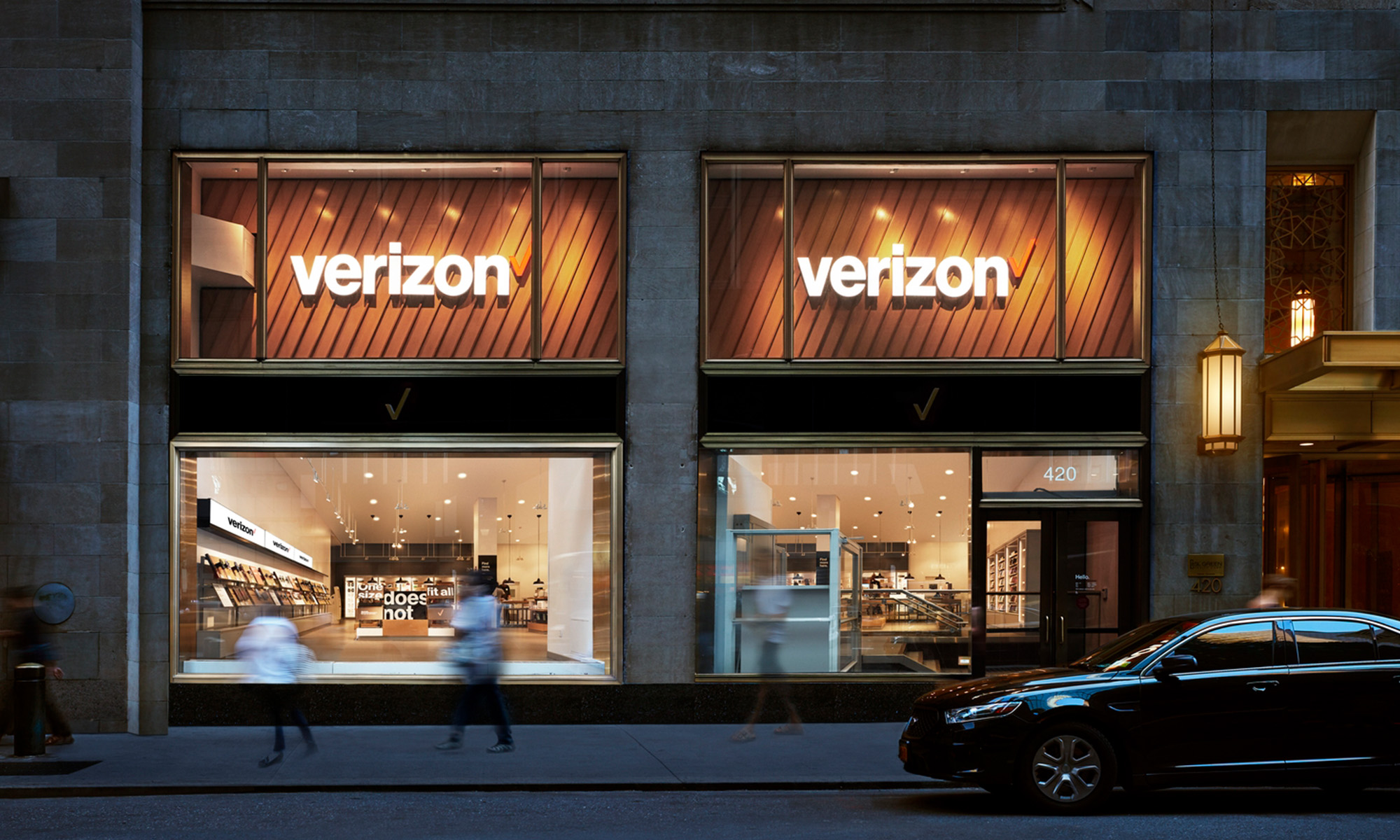
Image source: Getty Images.
The Communications Workers of America and the International Brotherhood of Electrical Workers went on strike against Verizon Communications (VZ 1.13%) for seven weeks this quarter. For more than half the period, Verizon was forced to make do without about 46,000 union workers, mainly affecting its wireline business.
Earlier this month, Verizon CFO Fran Shammo sat down with Bank of America Merrill Lynch analyst Dave Barden. He said the strike potentially cost shareholders $0.05 to $0.07 in earnings per share for the second quarter. That's slightly worse than analysts initially expected, with earnings estimates coming down further since the conference.
A possible prolonged impact
While it looks like Verizon will lose about a nickel in earnings from the strike itself, there's potential for the company to lose more earnings power from the renegotiated union agreements. Shammo couldn't go into detail on the contract, which will be ratified June 17, but it's likely to result in some wage pressure on Verizon's wireline business.
Last quarter, Verizon's wireline business accounted for 28.9% of the company's total operating revenue. But its operating margin of 6.3% is well below the wireless segment's operating margin of 35.8%. As a result, wireline accounts for only 7.4% of Verizon's operating income.
Importantly, SG&A expense -- which includes salaries of non-sales personnel -- isn't that big of an issue for Verizon's wireline segment. In fact, it accounts for a slightly smaller percentage of revenue compared to the wireless business. The biggest operating expense is the cost of service itself -- delivering video, phone, and Internet, and the content deals with networks for FiOS. As such, the prolonged impact from increased wages or benefits won't have a large impact on Verizon's overall business.
Moving the wireline segment to wireless
Verizon's biggest potential for margin and cash flow improvements comes from migrating some of its wireline operations to its wireless business. To that end, Verizon is working on developing and deploying 5G technology to bring fixed wireless broadband to people's homes using its wireless network.
5G requires a line of site from the cell signal to the receiver. Therefore, it's not a replacement for LTE. However, as Verizon densifies its LTE network by placing more small cells in people's neighborhoods, it will be able to leverage the infrastructure for 5G connections.
Shammo explained:
We are incurring the capital to install those small cells today to deliver LTE. I will come over the top and just install 5G into that cell, and then the only thing that happens beyond that is what happens in the home that I would be doing with FiOS today, but at a much reduced cost because there's no labor to dig up your front lawn, lay in fiber. I'll be able to stick something, whether it's on your window or somewhere, to receive that line of sight signal, deliver it to a router, and then you have WiFi in the home.
As a result, Verizon's home Internet service would require much less labor and no extra capital expenses. Additionally, Verizon would be able to expand its home internet service nationwide, wherever it's built out a dense LTE network, producing more scale for the business. The spectrum required for 5G -- 28 gigahertz or 39 gigahertz, depending on the standard the FCC sets -- is widely available today, so that expense won't break the bank, either.
While the Verizon strike affected earnings a bit more than initially expected, there doesn't appear to be much potential for prolonged impacts from renegotiations with the unions. Furthermore, Verizon has a plan to reduce the amount of labor it needs for its in-home broadband service that should produce better margins and scale for the business in the long run.






